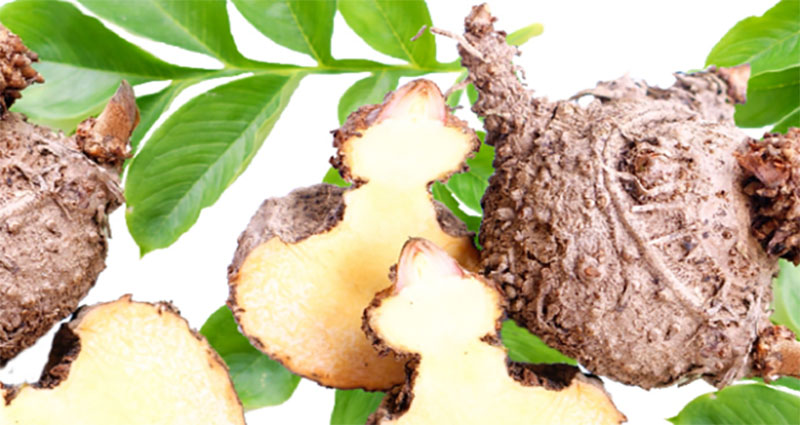Konjac flour, derived from the roots of the Amorphophallus konjac plant, is a relatively lesser-known but incredibly versatile ingredient that has been gaining attention for its remarkable culinary applications and profound health benefits. This unique flour, also known as glucomannan powder, boasts an array of properties that have piqued the interest of both chefs and health enthusiasts alike.
In the realm of culinary applications, konjac flour serves as a valuable thickening and binding agent due to its high viscosity and water-absorbing capacity. Its unique gel-forming ability makes it an excellent substitute for traditional starches or gluten-containing flours in various recipes.
Moreover, its neutral taste and ability to absorb flavors make it a versatile addition to both sweet and savory dishes. From thickening soups and sauces to creating gluten-free pasta and noodles, konjac glucomannan showcases its adaptability in diverse culinary creations.
However, beyond its culinary prowess, the true allure of konjac powder lies in its outstanding health benefits. Rich in glucomannan, a soluble fiber, this flour stands as a preeminent source of dietary fiber with exceptional prebiotic properties. Its ability to ferment in the gut and act as a food source for beneficial gut bacteria promotes digestive health and may contribute to overall well-being.
The exceptional water-absorbing capacity of konjac flour aids in promoting a feeling of fullness, potentially supporting weight management by reducing appetite and calorie intake. Additionally, its low-calorie content makes it an attractive option for those seeking to add bulk to meals without significantly increasing calorie intake.
Moreover, the viscous nature of glucomannan contributes to slowing down the absorption of glucose, potentially assisting in managing blood sugar levels. This property has garnered attention for its potential role in supporting individuals with diabetes or those looking to stabilize blood sugar levels.
The versatility of konjac flour extends beyond the kitchen and into various industries. Its use in cosmetics and skincare products, owing to its moisture-retaining properties, showcases its widespread applicability outside the culinary sphere.
The cultivation of the Amorphophallus konjac root plant primarily occurs in regions like East Asia, where its roots have been utilized for centuries in traditional cuisines and medicinal practices. The plant’s resilience in diverse climates contributes to its widespread growth and subsequent use in various products.
Conclusion
Konjac flour emerges as a multifaceted ingredient that transcends culinary boundaries, offering not just texture and thickness but also a myriad of health benefits. Its presence in modern diets represents a shift toward healthier, more diverse culinary choices while harnessing its inherent potential to promote digestive health and overall well-being. As awareness grows about the prowess of konjac flour, its role in shaping the future of nutrition and culinary innovation is poised to become increasingly significant.










